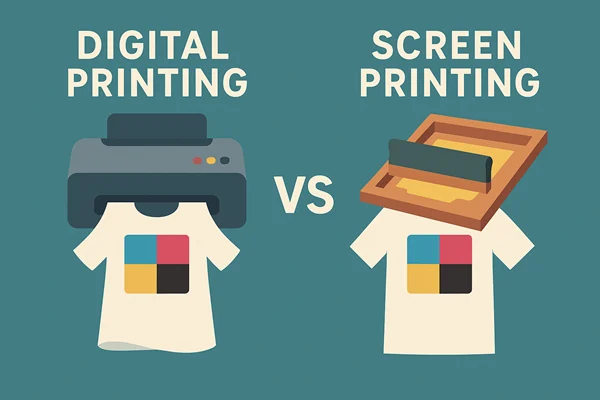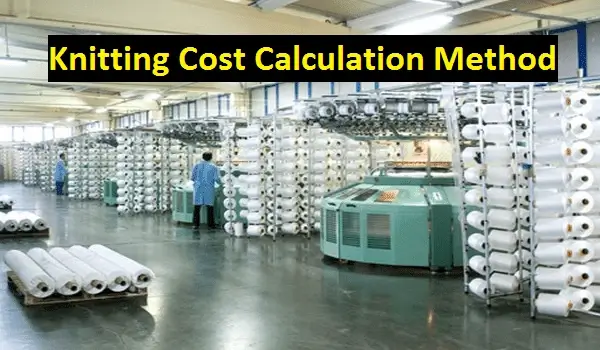Digital Printing vs Screen Printing: 15 key Differences
While choosing the best printing process for you, Digital printing vs Screen printing, you have to understand the pros and cons that each process offers. Want to print a short batch? Need 50 tees printed now? Then DTG is your process to go. It offers a highly detailed image, and you can also enjoy live prints. It is an advanced technology in the printing section. Digital printing is better for complex, detailed designs and short runs, while screen printing is better for bold designs on large quantities of garments, especially on dark fabrics.
The age-old process from Egypt, the Silk Screen Printing, offers a detailed, sharp image with deep penetration of colors inside the textile. This lasts longer and is the best option for a larger batch with thousands of items. But if you want a good print that feels good, has better appearance with extreme color vibrancy, lasts longer, then it is a suggestion for you to go with Screen printing. With some simple tools, you can print your favorite tees at home. So let’s see which printing process wins the battle of Digital Printing vs Screen Printing

Key Differences between Digital Printing vs Screen Printing:
Explore Digital Printing vs Screen Printing. Here are 15 key Differences to clear your concept:
| Topics | Digital printing | Screen printing |
| Process | Computer aided process.Images of a variety of colors are transferred directly to the textile. | A pre-prepared stencil is used to apply a layer of inks over the textiles.With the help of ink the image is transferred to the textile. |
| Complexity | Simple process | Complex process in comparison to digital printing |
| Effort | Easy | Labor-intensive |
| Time | Quick task | Requires more time as screen preparation is an extra step |
| Product quality | Ink doesn’t absorb deeply in the textile. But a detailed image of multiple colors with sharp edges is produced. | Ink gets deeply absorbed inside the textile.Better quality imageAlso a detailed image with sharp edge is possible |
| Longevity | Fades quicker | Lasts longer |
| Suitable for | Short batch | Large batch |
| Color range | A variety of color can be easily printed in a single image with a single strokeBut blue and violet don’t look good on an underbaseNo speciality color available | Multiple colors are easily possible.But for every single color a different screen is needed.Versatile in ink variations.Specialty color is available such as metallic, glow in the dark, uv sensitive etc. |
| Vibrancy of color | Slightly dullBest on lighter color as ink applied thinner. | Bright & vibrantHigh level of vibrancy even on dark garments.Color applied thicker than DTG. |
| Ink uses | Water-based ink | Plastisol ink |
| Printable garments | 100% cotton or polyester | Cotton, polyester, nylon, coated fabrics, barlap, bamboo etc. |
| Touch | In white garment feels soft.But in dark garment, it requires a significant underbase to retain color so feel a bit rubbery. | It feels like nothing printed on garments. |
| Special products | Can’t be operated on uneven or curved items. | Printers can be manually operated so printing can be possible on uneven or curved surfaces like water bottles, koozies, mugs etc. |
| Live photo | Live photos can be printed. | Live photo print is impossible. |
| Cost effectiveness | Cost effectiveInstallation investment is higher but it is one time investment.This investment offers per orders so cost is minimal. | The multicolor option requires separate screens.Cost increases with escalation of screens |
Digital Printing vs Screen Printing; Both of the printing processes are good to go, but it depends on you. Depending on the quality, time, or setup you have, you can choose which one is best for you. In our above discussion, the battle winner is clear……So I think no need to mention that. You are quite knowledgeable to understand it. So what’s your process??
- You may love to read: Screen Printing vs Heat Transfer: 10 Vital Facts You Must Know



